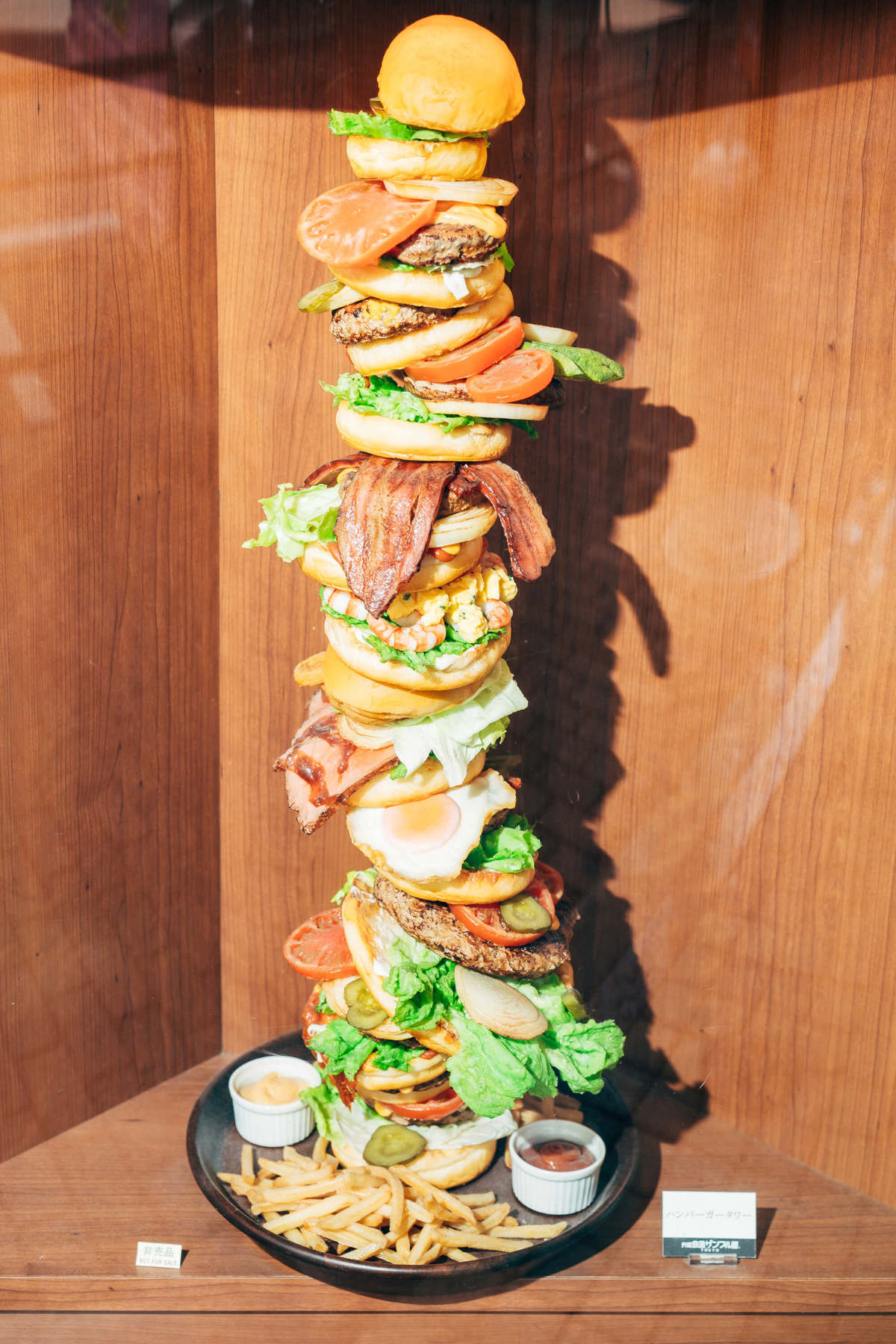Fake food: The history and art of Japanese sampuru
Food replicas are an art form and big business in Japan.
Peer through any restaurant window in Japan and you’ll probably see a selection of the delicious foods on offer. Plates of freshly prepared sushi, crispy tempura and golden-brown gyoza. Or yōshoku - western-inspired food - like burgers, tacos and pancakes.
But look a little closer and you’ll notice that something’s not quite right. The foods are fake. Or rather, they’re replicas. Made from plastic, they’re known as sampuru (from the English ‘sample’). And they’re big business in Japan.
Marco Arguello ©
The history of sampuru
Some people believe that food replicas began as the real thing, with restaurant owners displaying actual dishes outside their businesses to entice people in. But this method had obvious drawbacks; most dishes don’t look fresh for long, attracting flies instead of customers.
Legend has it that one day Takizo Iwasaki, a businessman from the town of Gujō Hachiman, saw either a wax apple or candle dripping onto a table and was struck with an idea; to use wax to create lifelike sampuru.
In 1932, after months of practice, Iwasaki used wax to produce his first replica, an omelette stuffed with rice and ketchup. According to one tale, he showed the dish to his wife who couldn’t tell the difference between it and the real thing. Soon, he was creating different fake foods and selling them to restaurants and shops.
His omelette appeared in a department store in Osaka that same year, which was followed by a ‘snowball effect of success’. Soon after, Tokyo’s biggest department stores were using sampuru to help increase their footfall.
The timing was ripe for Iwasaki’s wax creations. Restaurants were becoming increasingly popular in the country, as was western-inspired food, known as yōshoku. Iwasaki’ssampuru helped vendors advertise their food, along with showing customers what the newyōshoku dishes actually looked like.
Sampuru were also useful after World War II, when Japan was occupied by the US. American soldiers, who couldn’t read restaurant menus, could point to the dish they wanted instead - a practice still used by tourists today.
But wax replicas weren’t perfect; ‘they tended to look a little wilted and less appetizing during the summer months’, writes one author, ‘when a plate of wax cucumber rolls melted into the pair of shrimp nigiri next to it.’ During the 1970s, sampuru workshops switched to plastic instead.
The art of sampuru
In contrast to other countries, the plastic foods of Japan aren’t machine made. Instead, they’re carefully handmade by artisans, often in small sampuru workshops. ‘Each food sample is meticulously crafted by hand to resemble the real thing as closely as possible’, writes journalist Yoko Hani in Japan Times.
Most are made in Gujō Hachiman, a small town nestled away in the mountains about three hours from Tokyo, though the capital also has a large industry. The vast majority of food replicas are sold in one small neighbourhood in Tokyo, Kappabashi, the country’s kitchenware capital.
Clients send actual versions of the food, along with photos, to the workshops. The food is then dipped in silicone to create a mold. After the mold is set, liquid plastic is poured in and heated until it becomes solid. The most important stage comes at the end - the painting and airbrushing. The final result is, ‘practically indistinguishable from the real thing.’
These replicas cost around ten or twenty times as much as the real deal. But it means that the bowl of ramen in one window is unique to the one next door. As journalist Yasunobu Nose explains in his book on sampuru, this appeals to the Japanese culture of first tasting dishes by sight.
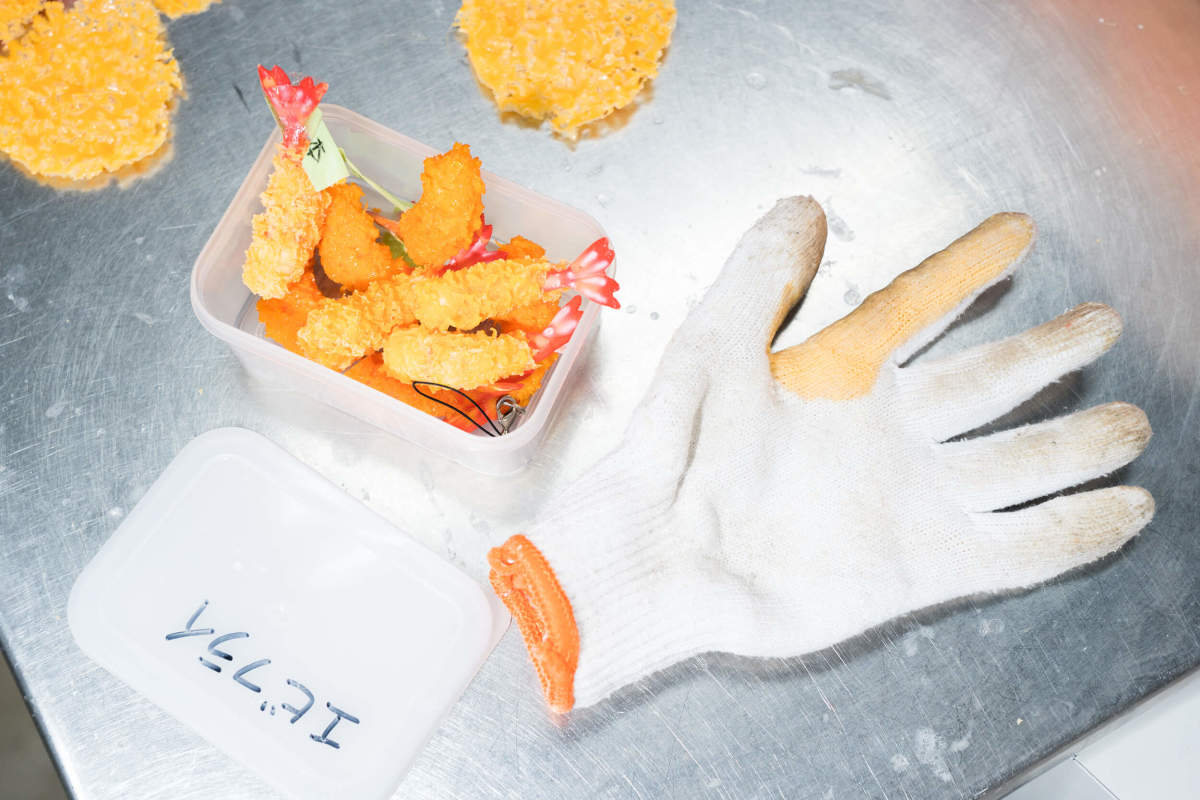
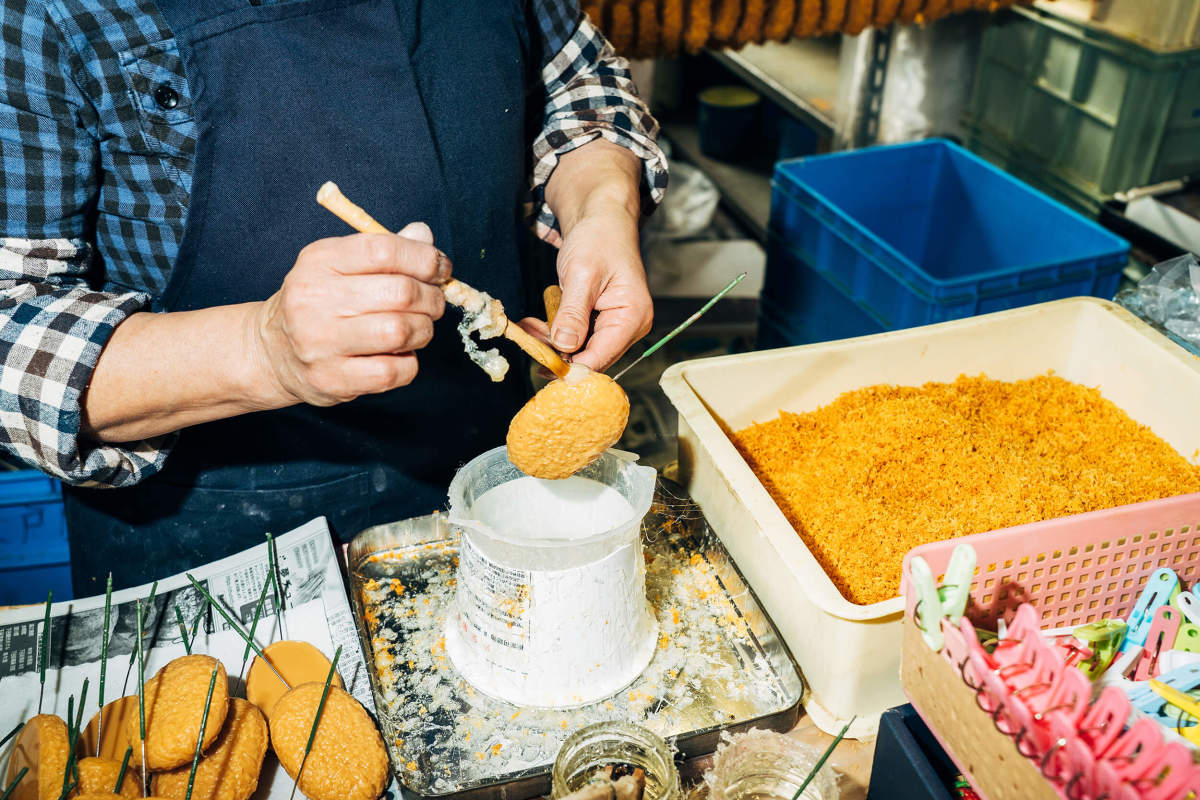
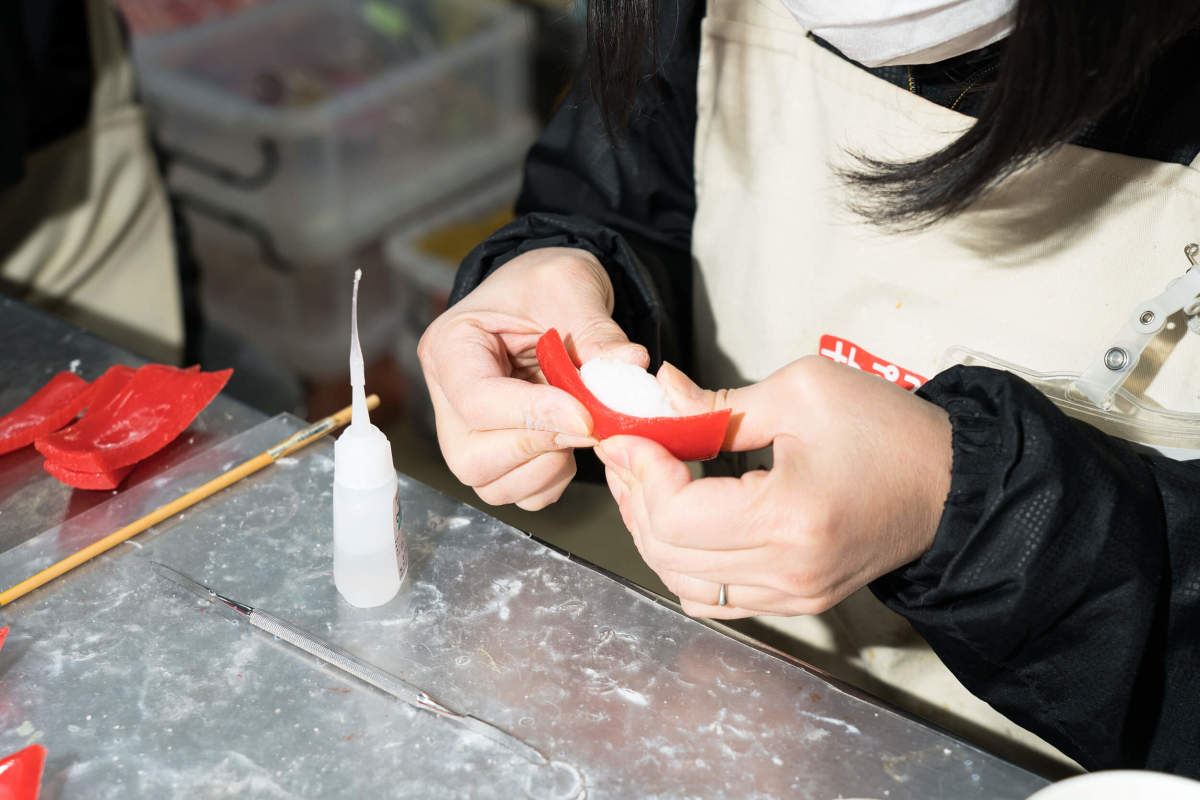
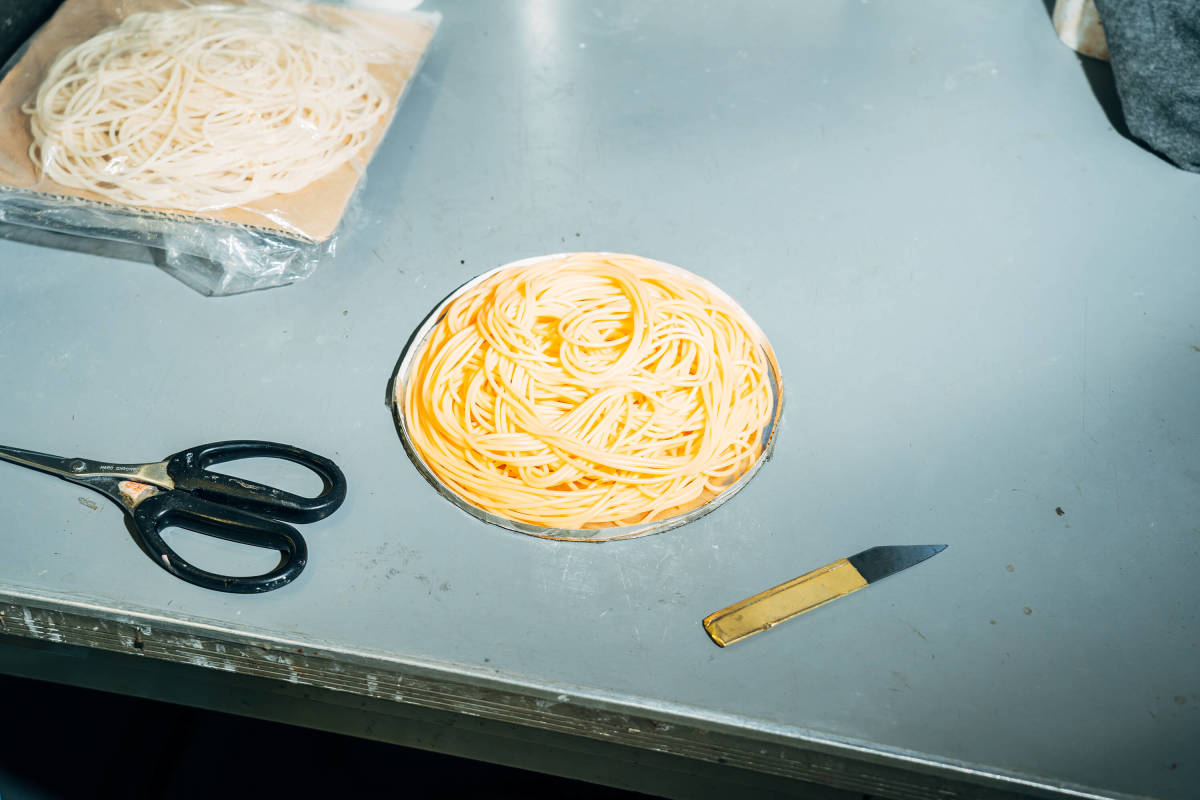
Bad for business?
While sampuru is a multi-billion yen industry in Japan, the golden days might be over. The problem with foods made from plastic is that they last forever, meaning demand for replicas has dipped.
In recent years, however, fake food tourism has increased, with travellers looking for souvenirs to take home. Workshops have also diversified, selling everything from faux food keychains to phone cases. Special sampuru even allow tourists to make their own. And while demand might have flattened in its native home, the market is growing in China and South Korea.
But for now, sampuru remains a uniquely Japanese concept that’s been an important part of their culinary culture for almost a century.
Marco Arguello ©
Photographs are by Marco Arguello for WePresent.



